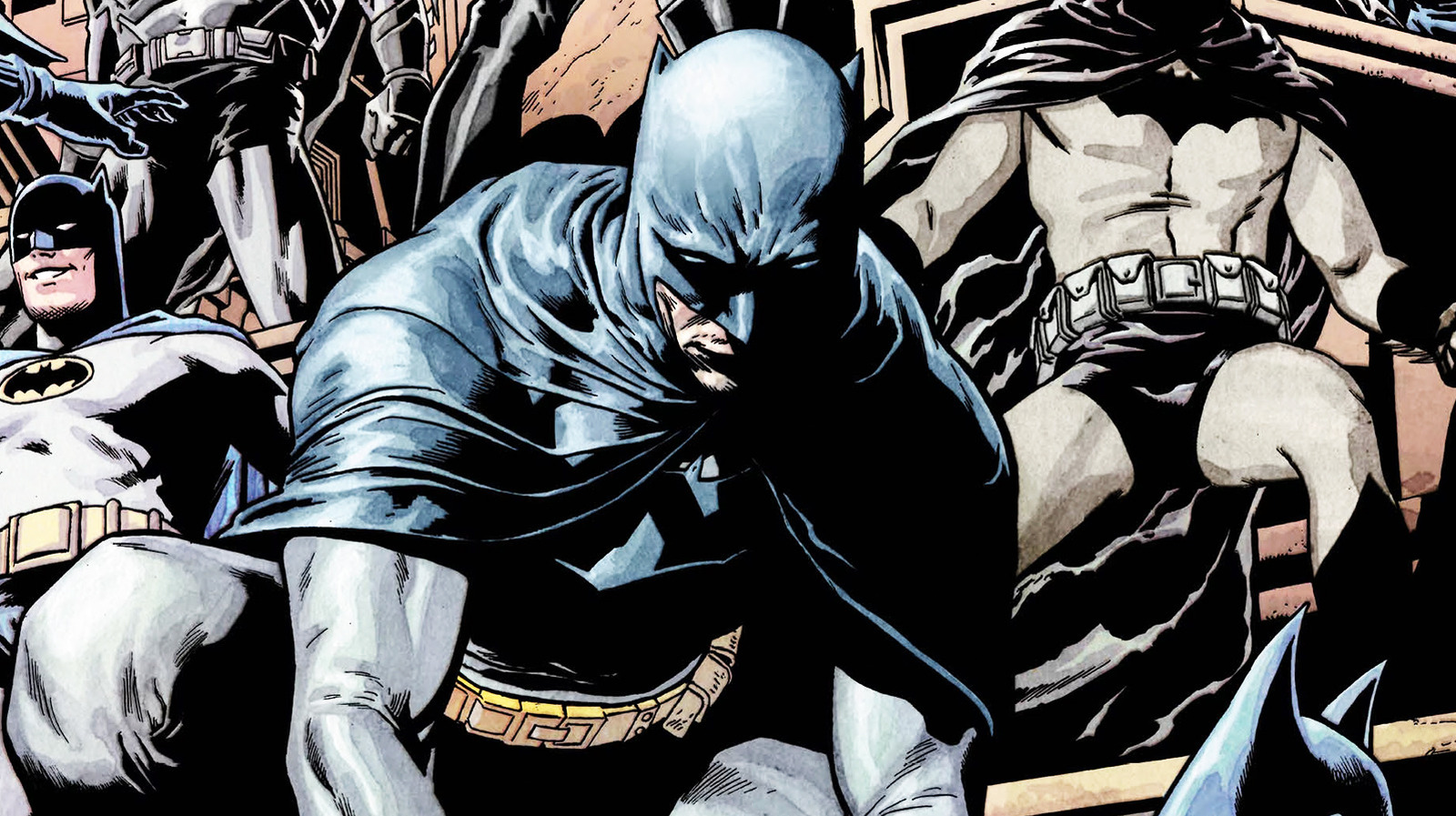Copyright /FILM

We may receive a commission on purchases made from links. There was absolutely no way Bob Kane and Bill Finger could have known what they were creating with Batman. The character debuted in 1939's "Detective Comics" #27, in which he was a lone vigilante taking down criminals by whatever means necessary (even if it meant using guns, which he wouldn't forsake until 1940). 85 years later, Batman is not only a box office icon with enduring star power, he's long since ascended to mythical status, becoming one of the few pop culture figures deserving of "icon" status. But things would have been very different had audiences resonated more with an oddly similar character that debuted the very same year as Kane and Finger's "weird figure of the dark." The story of this Batman doppelgänger actually starts in the pages of pulp magazines published six years prior to the Dark Knight's debut. In 1933, Berryman Press published "Black Bat Detective Mysteries," the first in a six-issue series written by Murray Leinster (aka William Fitzgerald Jenkins). It followed an itinerant detective who used a calling card bearing the symbol of a bat. But this character was nothing like Batman, and has never been cited as a direct influence (though pulp detectives certainly contributed to Batman's creation more generally). By the end of the '30s, Finger and Kane's creation was ready to descend, debuting in March of 1939 as a costumed vigilante who used his Bat-like appearance to strike fear into the hearts of criminals. But just four months later, another Bat-themed vigilante arrived in the form the second Black Bat. This character was entirely separate from the private investigator of the 1933 pulps, and bore several striking similarities to Batman, from his costume and modus operandi to an origin story similar to that of a certain Gotham City District Attorney. Part of what makes Batman such an enduringly appealing figure is the way in which he combines aspects of all the hero archetypes that came before him. From obvious influences such as Superman (who'd debuted in 1938) to the Lone Ranger and Zorro, as well as Dick Tracy and pulp heroes such as The Shadow, Batman represents the ultimate combination of heroic tropes from across the history of fiction. Even Bela Lugosi and Christopher Lee ultimately influenced the history of Batman. As such, nobody could ever argue that the Dark Knight was a straight rip-off of a single character. But a cursory glance at history might initially suggest something similar. In July 1939, the second Black Bat arrived in Thrilling Publications' (aka Better Publications, Inc.) "Black Book Detective." Announced on the cover as a "mysterious nemesis of crime," the character occupied the same pulp space as his predecessor. As Mark Cotta Vaz put it in his excellent "Tales of the Dark Knight: Batman's First Fifty Years, 1939-1989," Black Bat was "almost identical to Batman." This vigilante dressed in all-black, donned a coat designed to mimic bat's wings, and wore a black cowl, all of which was used to strike fear into the hearts of criminals. The first story, "Brand of the Black Bat," was written by Norman A. Daniels under the pseudonym G. Wayman Jones, and saw attorney Anthony Quinn and his Black Bat alter ego introduced as a "mysterious avenger" who "makes darkness his weapon." Similarly to Ben Affleck's Batman in the erstwhile Snyderverse, the Black Bat would also leave Bat-shaped stickers on his victims — though he stopped short of Batfleck's penchant for physically branding defeated criminals. The similarities didn't stop there, either. In "Black Book Detective," readers were given a backstory for Anthony Quinn and his Black Bat persona. The lawyer was blinded when a criminal working for crime boss Oliver Snate throws acid in his face. Sound familiar? It should, since a very similar fate befell Gotham District Attorney Harvey Dent (or Harvey Kent, as he was initially known) just three years later in 1943's "Detective Comics" #66. Rather than being horribly disfigured, Quinn is blinded, only to receive his sight back when another man's corneas are grafted onto his own. The operation also somehow gives Quinn the ability to see in the dark, which, when combined with his newly enhanced senses he developed while blind, transforms him into a pulp superhero and an early predecessor of the similarly super-powered lawyer Matt Murdock/Daredevil. At the time, Bob Kane claimed his creation had nothing to do with the Black Book Detective hero (his original Batman sketch certainly suggests as much). But there were clear parallels between the two, which prompted threats of litigation that only dissipated when DC editor Whitney Ellsworth intervened. One aspect separating Black Bat and his DC counterpart, however, was the fact that the former didn't hesitate to kill, offing thugs left and right and often showcasing those kills on the "Black Book Detective" covers. Batman, on the other hand, famously eschewed such brutality. That is, he did as of 1940. In 1939, he was almost as murderous as Black Bat, knocking criminal Alfred Stryker into a vat of acid in "Detective Comics" #27 and even gunning down goons from a plane in a later issue, before officially committing to his no-kill rule in 1940. Ultimately, audiences chose Batman over Black Bat, but the latter lasted until the winter of 1953.



